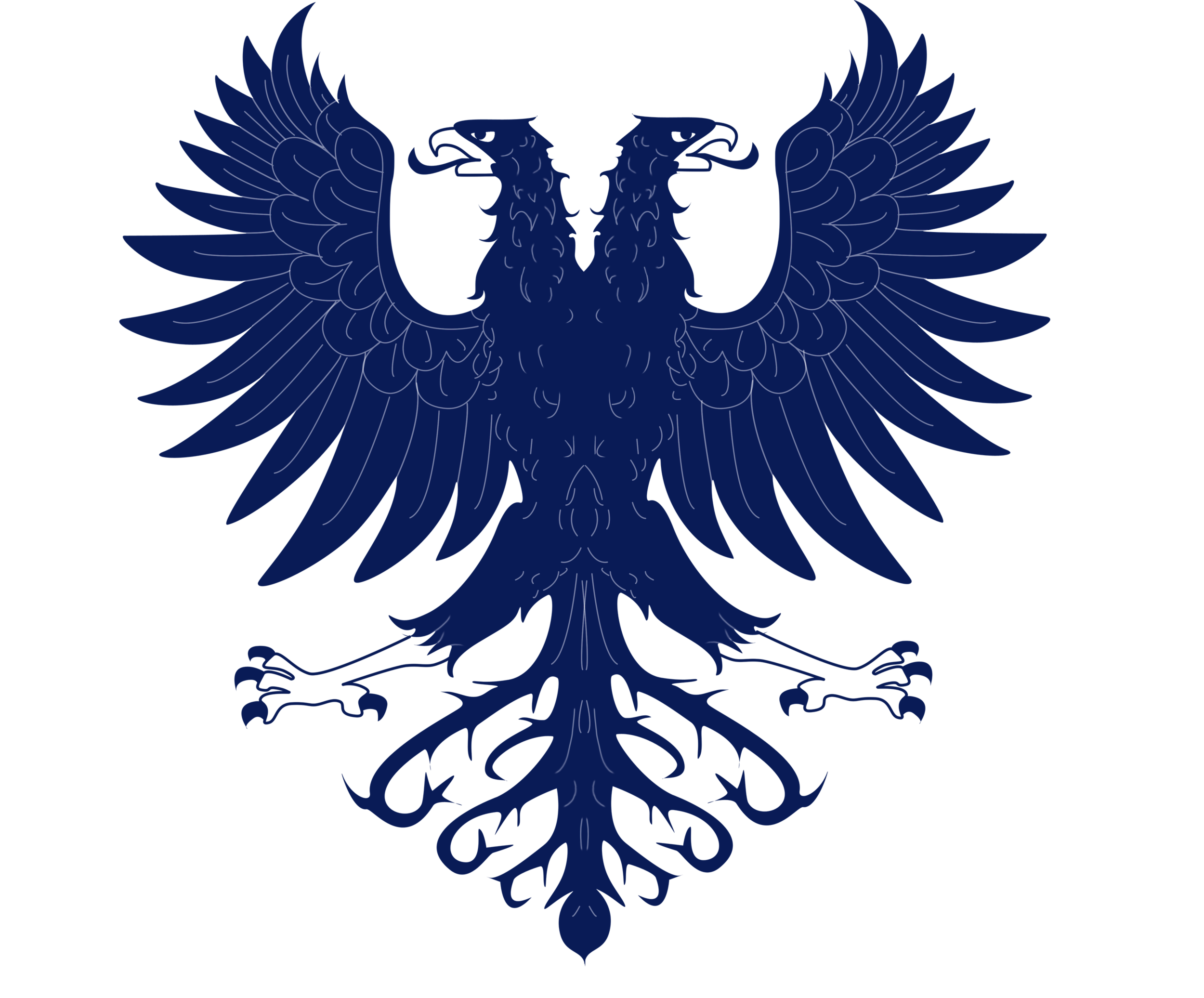What is stopping you from swimming longer distances?
Every time you try to swim a longer distance, there is a moment where your shoulders turn to lead. You can’t go on anymore but you don’t know why. The reasons why you can’t swim a longer distance are connected to various aspects. We will discuss these aspects in this blog and we’ll talk about how to overcome them.
Being mentally prepared
For some swimmers, a longer distance seems to pass by like a dream. They get into the water and they forget about everything. But that’s not the case for everyone.
Swimming a longer distance can be boring. It’s just you and the water, a boat might pass in the distance, an airplane might fly over, but that’s about it. In those moments of boredom, your motivation might falter: you might wonder what you’re doing. In a way, swimming seems horrible and you want to stop.
How to face boredom? Remind yourself of the reason why you want to swim. Another is to sing a song in your head. And if that’s not working there is always the last option: keep swimming. The boredom is just that, boredom.
When you get through it, the rhythm of swimming kicks in again and all of a sudden, you’re swimming a longer distance.
Prepare your diet
Swimming a longer distance asks a great deal of your body. Not eating the right diet affects your ability to swim longer distances.
Eating before swimming is to fuel you up. Eating after swimming is to restore your body. To fuel up you will need carbohydrates while for recovery you want lean proteins.
And this is what decides what you should eat if you want to swim longer. Because eating the wrong thing before swimming is like filling up your car with the wrong fuel.
Before swimming, you want to eat foods that have lots of carbohydrates. Think of whole-grain pasta or bread, sweet potatoes and brown rice. These foods contain slow-release carbohydrates that maintain your energy levels while you swim.
When you get back from the water, you should eat something that contains proteins. Proteins help your body recover from the swim and could reduce feelings of soreness in the muscles.
Meals that contain chicken, turkey or fish with some baked potatoes have all the proteins your body needs. This is a meal you should take around an hour after swimming, to make sure your body starts the repair process right away.
Technique
To swim further you need to be as effective as possible. If you reduce the energy you use with each stroke, you can make more strokes and thus swim further.
Longer strokes are the key to swimming longer distances.
What are ‘long’ strokes? A long stroke is an arm pull that reaches as far as possible without changing your body position.
With shorter arm pulls you will consume more energy with each stroke. A long stroke becomes a short stroke when you pull your arm too soon to rush the next stroke in.
The best freestyle arm technique for swimming longer distances is the round-arm freestyle. Instead of a bent or straight arm, you want your arm to be round. Imagine your arm wrapped around an exercise ball and you’ll have an idea of what we call the round arm freestyle.
On Breathing
The right breathing pattern makes a difference for the distance you want to swim. The way it works is that your muscles need oxygen, it’s like their fuel. More oxygen means that your muscles can function at peak levels. But if you reduce or cut the oxygen supply to your muscles due to poor breathing, that feeling of lead in your shoulders comes earlier than necessary.
The correct way to breathe starts with two basic ideas:
- Exhale underwater.
At first, this might feel a bit funny, but the correct way to breathe is to exhale fully underwater. You can do this by breathing out with your head in the water. We try to converse as much air as possible. But while swimming, this will lead to shallow breathing.
- Choose a side for breathing
While some swimmers prefer to change it up, most long-distance swimmers go with a one-sided breathing pattern. A one-sided breathing pattern helps you get into a good rhythm and helps create a constant flow of oxygen to the muscles.
How to swim longer distances in open water?
When you work on the four aspects that we talked about in this blog, mental preparation, diet, breathing and technique, you will soon be able to start swimming longer distances. If you notice that working on these aspects helps you to swim further a little bit each time you train, you’re on the right track.
From personal experience, having a goal in mind might also help you swim longer distances. It will help you prepare mentally and gets you going when you don’t feel like swimming. If you want to try one of the hardest swims, you might want to give the Signature Swim a shot, which is about 70km. If you’re just starting to swim longer distances, the Classique might be for you.



